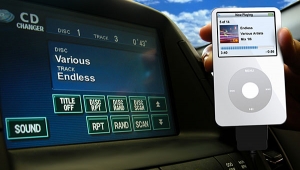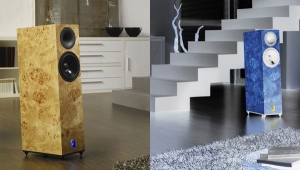| Columns Retired Columns & Blogs |
Yes, I invite my buddy who is into this over. He brings a microphone and stand, a CD, and a laptop with the analysis programs. You play the pink noise, capture it on the computer, and look at the graphs. Then move the speakers and try again.


























